Wild narcissus continue to bloom in Swiss Alps. But for how long?
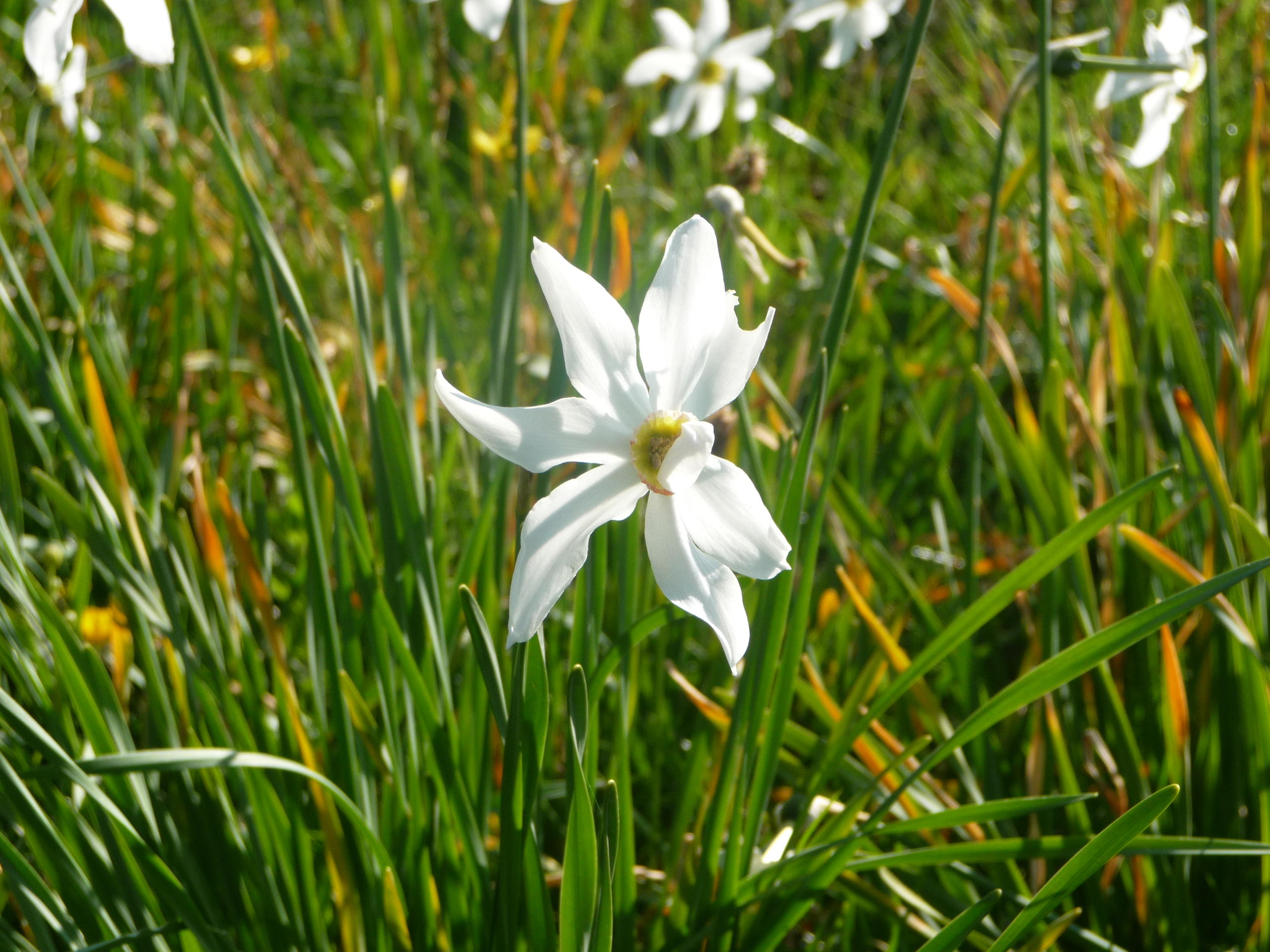
In May, a beautiful phenomenon still appears on some Swiss mountain slopes. The wild narcissus flowers that cover certain areas above Lake Geneva are a tourist attraction and a symbol of the Montreux region. This is one of the parts of Switzerland where they grow most densely, but they are becoming rarer. This year they are still flowering but need to be protected.
The display known as “May Snow” can take your breath away. From early May, wild narcissus blanket the hills above Lake Geneva. The plants are named after the son of a Greek god who was so beautiful he fell in love with his own reflection. Sometimes known as “white daffodils”, the wild kind are smaller and more delicate than the narcissi you may grow in your garden. They are actually among the first plants to start growing up when the snow melts. But it is only in May that they flower.
To date, they are still carpeting some places in the pre-Alps of canton Vaud in western Switzerland. Narcissus lovers can find the flowering forecast onlineExternal link. But especially on the lower, more frequented slopes they do not grow as thickly as in the past. There are fears that they could disappear.
Dramatic decline
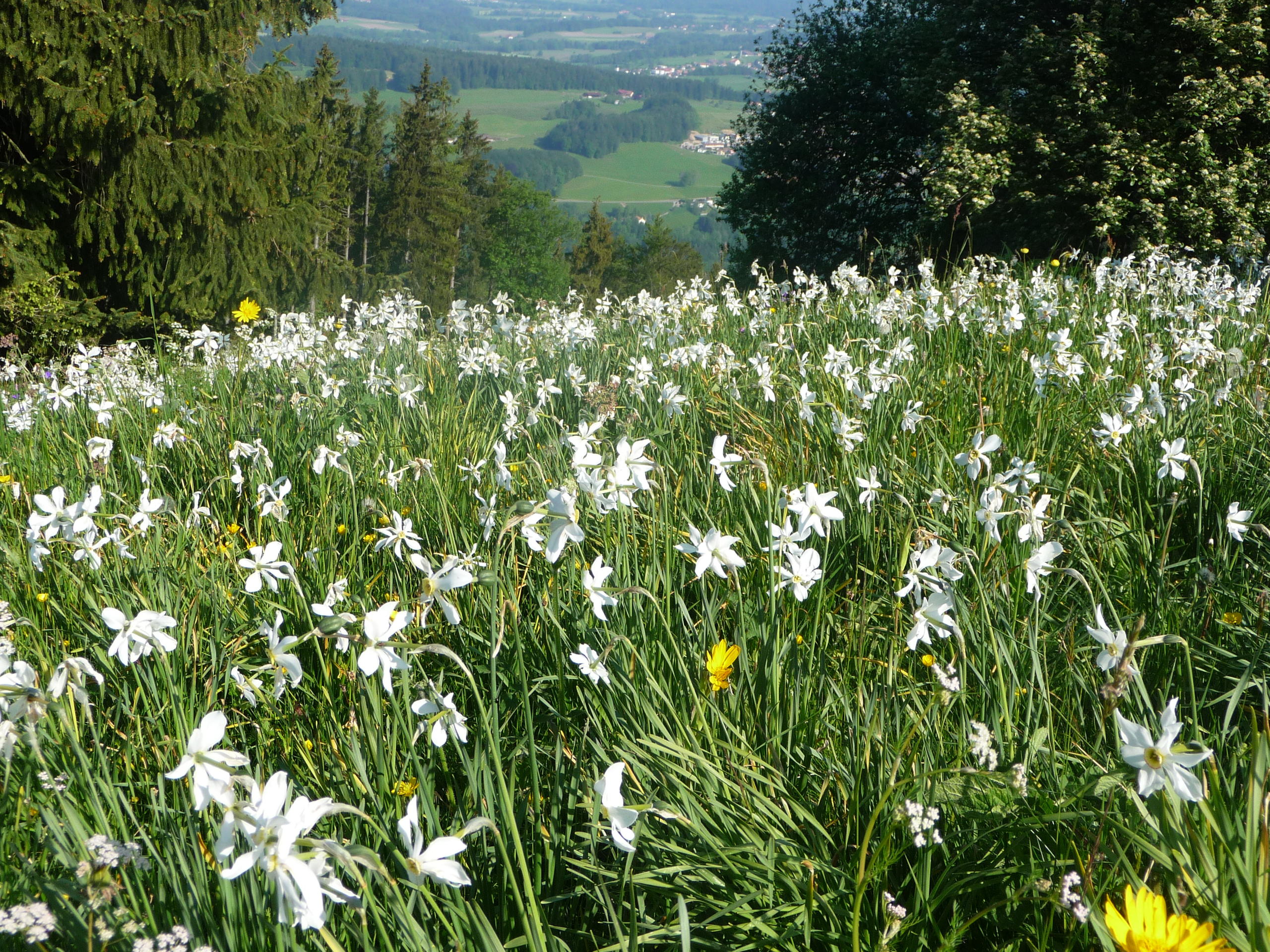
According to Narcisses RivieraExternal link, a local association set up to protect them, the areas where these plants grow have declined by some 45% in the last 20 years and 70% in the last 40. One of the main reasons is intensive agriculture and Alpine herding practices, with cattle and sheep trampling on the bulbs. “In the 1960s and ‘70s, a decision was taken towards more intensive agriculture, and for dairy farmers the narcissus is a weed, a nuisance,” says Eric Monachon, a member of Narcisses Riviera’s steering committee. “They started moving their cattle higher up and bringing more animals who trample on them.”
Another factor is reforestation of some less productive agricultural land, which deprives the plants of light and enough energy to replenish their bulbs. In addition, urban development has meant more houses being built on higher slopes, with owners often replacing narcissus meadows with garden lawns.
Like tulips, narcissi depend on their bulbs, which draw energy from the leaves and lower part of the flower stalks. Monachon says the bulbs look a bit like bulbs of garlic and can divide to reproduce. The flowers themselves are for their beauty. He says tourists are encouraged, but are also warned not to pick too many bouquets or trample on the plants.
Protection
Although not a protected plant as such, the narcissus has recently been put on canton Vaud’s “Red List” of endangered nature. Narcisses Riviera has implemented a number of measures to protect the narcissi, and hopes the “Red List” inclusion will bring more funding.
Measures include working with farmers, who are eligible for subsidies if they take steps to protect the narcissi and restore areas for them. The association also contacts certain landowners to suggest putting up signs discouraging walkers from entering the narcissus meadows or taking too many flowers. In construction areas it organizes collection of narcissus bulbs for replanting elsewhere. With the BergwaldprojektExternal link, based in the Swiss-German speaking part of Switzerland, it also brings volunteers to do preservation work for the narcissi such as clearing trees and bushes.
Monachon of Narcisses Riviera used to be a forest warden in this region. Since taking early retirement he can devote more time for the narcissus preservation effort because, he says, “I think these flowers are just magnificent”.
Let us hope they won’t come to a sticky end like their namesake. Depending on which version of the Greek myth you read, Narcissus either drowned staring at his own reflection in a pool or committed suicide from unrequited love. But all versions of the story agree: his body dissolved to be replaced by a beautiful white and gold flower.
(Edited by Virginie Mangin).

In compliance with the JTI standards
More: SWI swissinfo.ch certified by the Journalism Trust Initiative





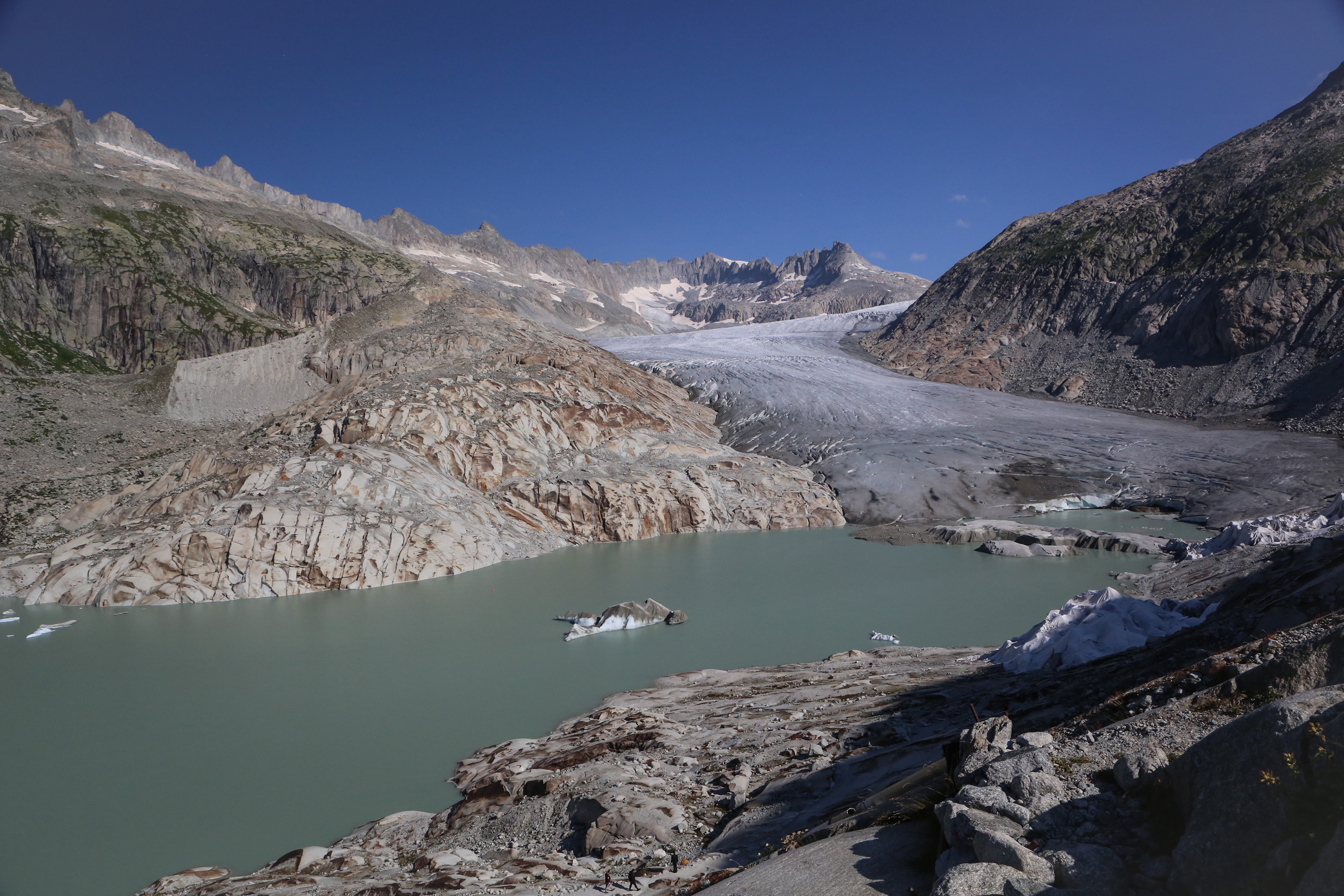



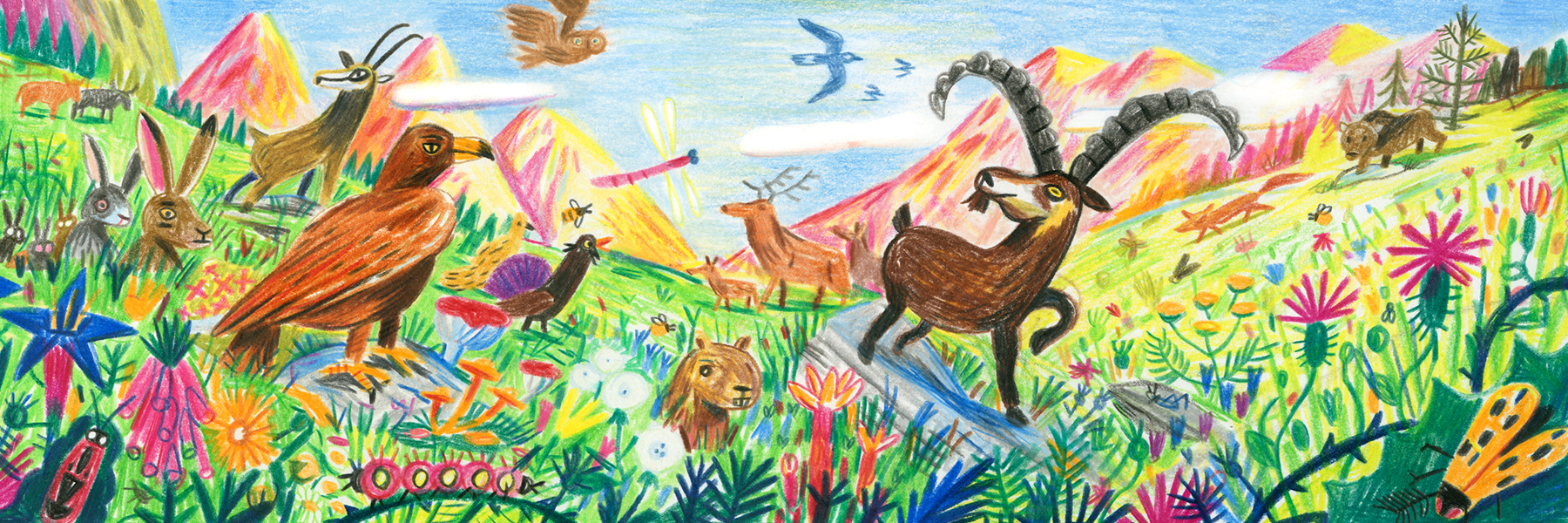
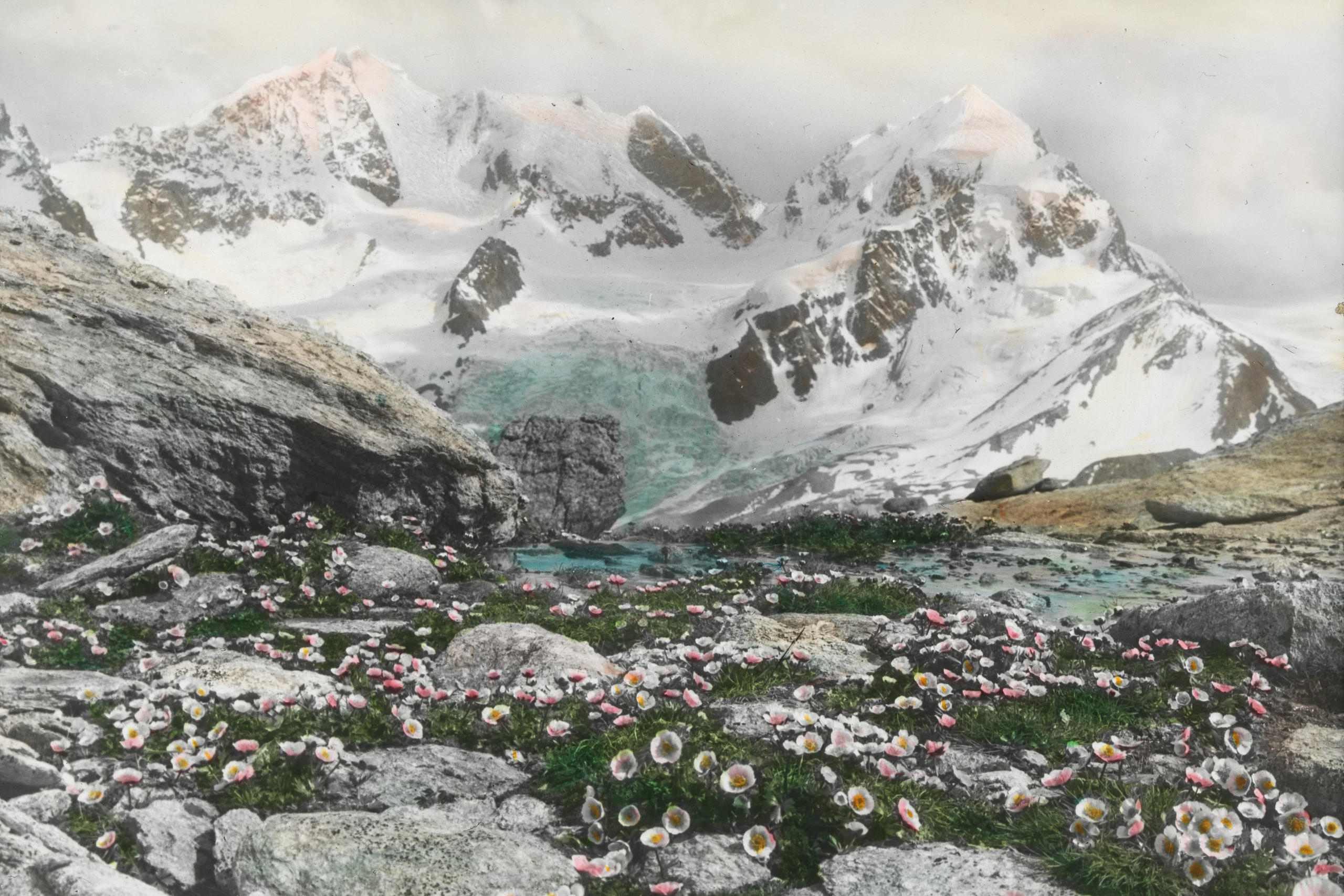
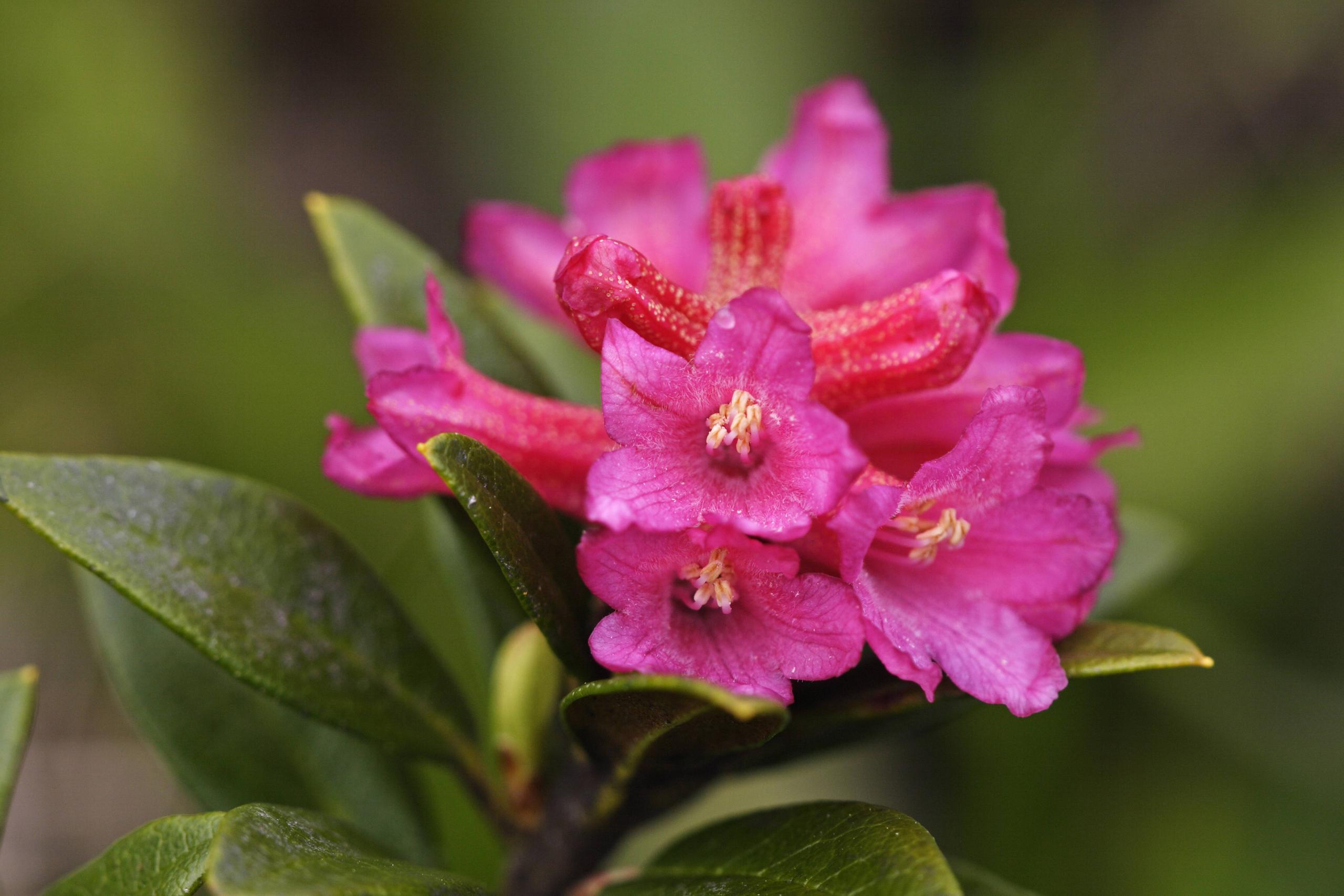
Join the conversation!